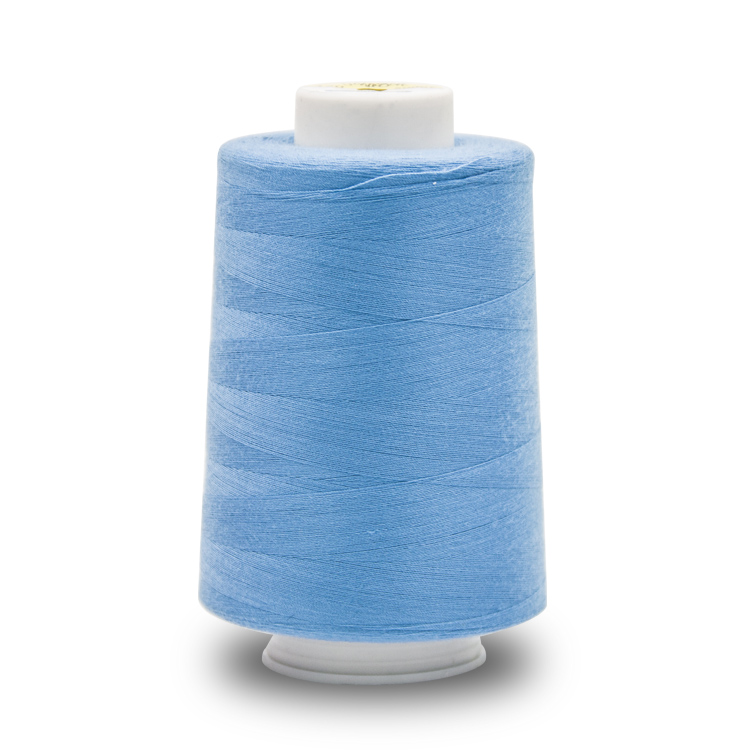
Polyester and polyester filament yarn thread
Definition of polyester thread:
Polyester thread is an important variety of synthetic fibers and is the trade name of Chinese polyester thread fibers.
Polyethylene terephthalate (PET), a fibre-forming polymer, is prepared from pure terephthalic acid (PTA) or dimethyl terephthalate (DMT) and ethylene glycol (EG) by esterification, transesterification and polycondensation. It is a fibre made by spinning and post-treatment.
2. Polyester thread properties:
1. Advantages
(1) High strength. Because of its low hygroscopicity, its wet strength is basically the same as that of dry strength. The impact strength is 4 times higher than nylon and 20 times higher than viscose.
(2) Good elasticity. Elasticity is close to wool, and when the elongation is 5%-6%, it can almost completely recover.
Wrinkle resistance is better than other thread fibers, that is, the fabric does not wrinkle and has good dimensional stability.
The modulus of elasticity is 22-141cN/dtex, which is 2-3 times higher than nylon.
Polyester thread fabrics have high strength and resilience, so they are durable, wrinkle-resistant and ironing-free.
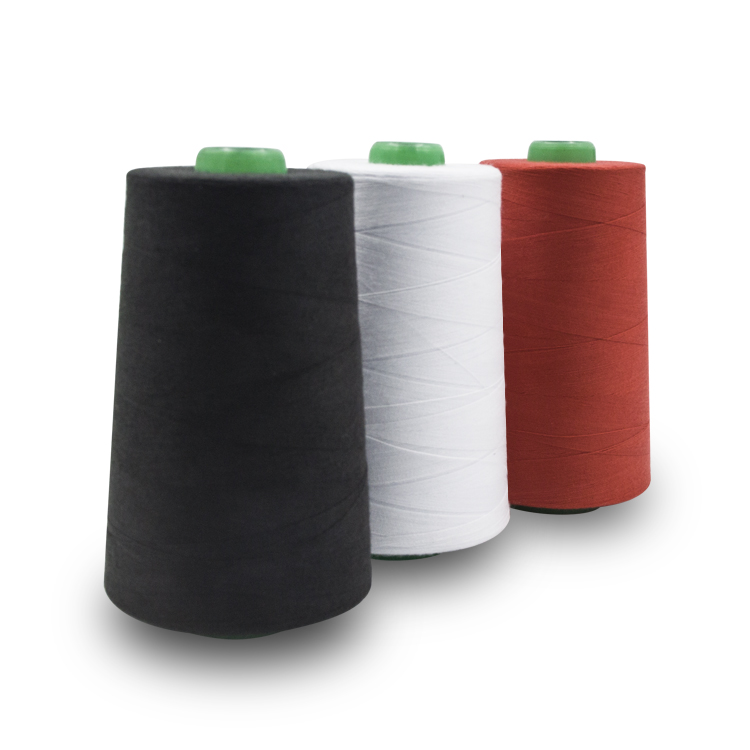
(3) Heat-resistant polyester thread fibers are made by melt spinning.
The formed thread fibers can be melted by heating again, which belongs to thermoplastic thread fibers.
The melting point of polyester thread fibers is higher, but the specific heat air and thermal conductivity are smaller, so the heat resistance and thermal insulation of polyester thread fibers are higher. It's the best synthetic thread fiber.
(4) The surface of polyester thread fibers is smooth and the internal molecules are arranged tightly.
Polyester is the best heat-resistant fabric in synthetic thread fabrics.
It has thermoplasticity and can be made into pleated skirts with long pleats.
At the same time, polyester thread fabrics have poor melting resistance and are prone to form holes in the presence of soot and mars.
Therefore, the contact of cigarette ends and sparks should be avoided as far as possible.
(5) Good wear resistance. The wear resistance of nylon thread fibers is second only to that of nylon thread fibers with the best wear resistance, which is better than other natural fibers and synthetic thread fibers.
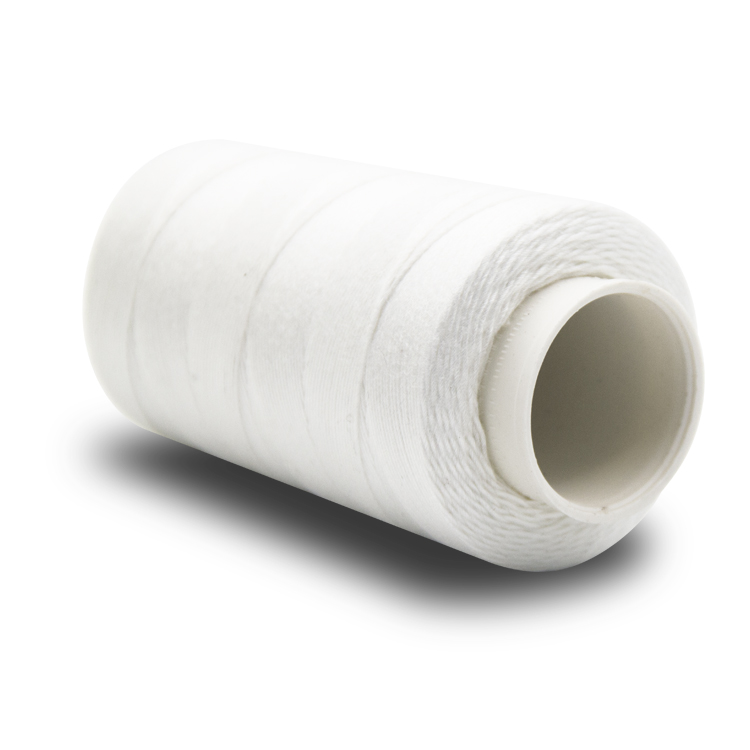
(6) Good light resistance. Light resistance is second only to acrylic thread fibers.
The light resistance of polyester thread fabric is better than that of natural fiber thread fabric except acrylic fiber.
Especially in the back of the glass, the sun resistance is very good, almost equal to acrylic thread fibers.
(7) Corrosion resistance. It is resistant to bleaching agents, oxidants, hydrocarbons, ketones, petroleum products and inorganic acids.
Resistant to dilute alkali, not afraid of mildew, but hot alkali can decompose it. It also has strong acid and alkali resistance and ultraviolet resistance.
2. Disadvantages
(1) The dyeing property is poor, but the color fastness is good and it is not easy to fade. Because there is no specific dyeing group on the molecular chain of polyester, and the polarity is small, the dyeing is more difficult, the dyeability is poor, and the dye molecules are not easy to enter the fiber.
(2) Poor hygroscopicity, hot feeling, static electricity and dirt are easy to wear, affecting beauty and comfort.
However, it is easy to dry after washing, and the wet strength hardly decreases. It does not deform and has good washability and wearability.
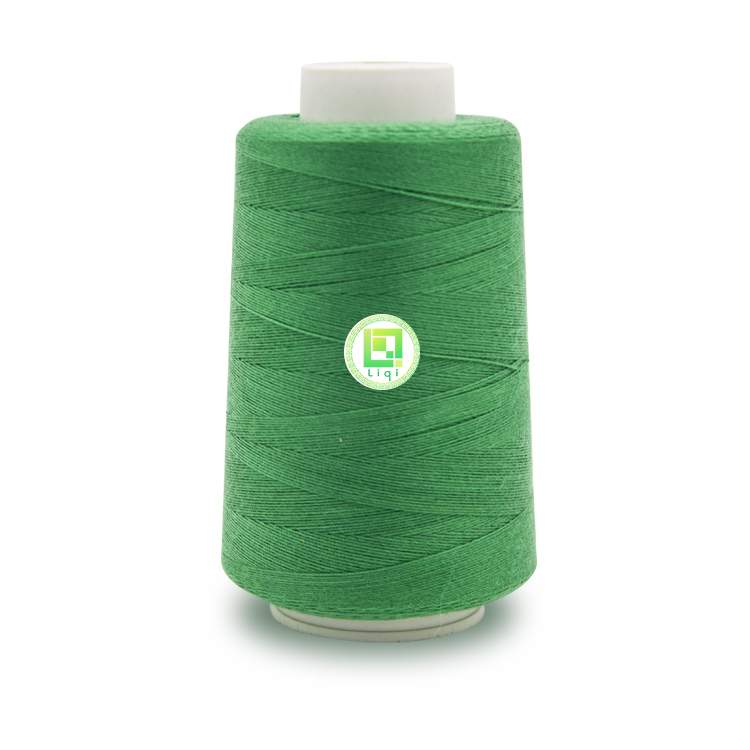
Classification of polyester thread fibers
Polyester thread fibers are divided into staple fibers and polyester filaments.
Polyester staple thread fibre
1. According to physical properties: high strength and low extension, medium strength and medium extension, low strength and medium extension, high modulus and high strength and high modulus.
2. Distinguishing according to post-processing requirements: Cotton, wool, hemp and silk
3. Distinguishing by use: Clothing, cotton, decorative and industrial
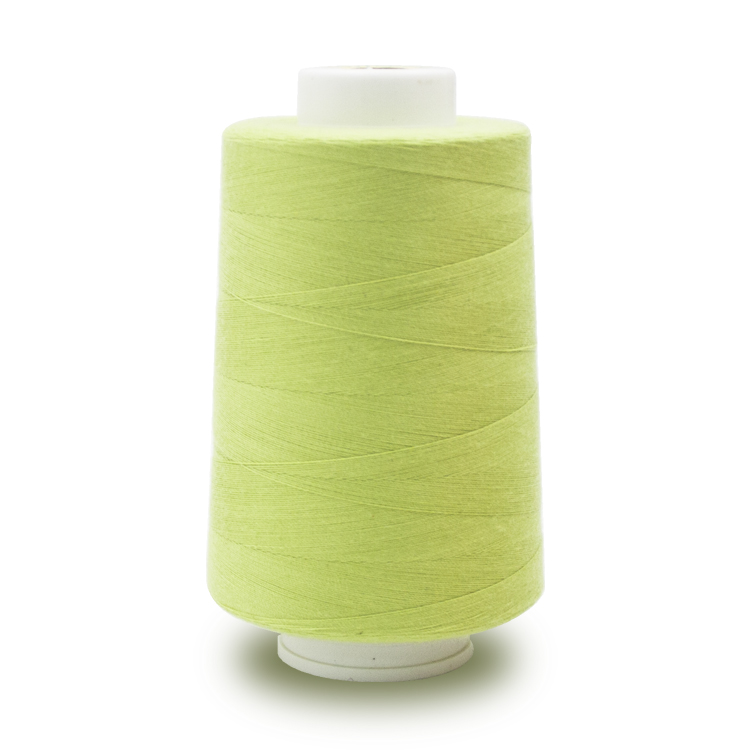
4. Differentiation by function: Cationic dyeable, hygroscopic, flame retardant, colored, anti-pilling, anti-static
5. According to the cross-section of thread fibers, special-shaped yarn and hollow yarn can be distinguished.
Polyester filament thread
1. Initial thread yarn: Undrawn thread yarn (conventional spinning) (UDY), semi-pre-oriented yarn thread (medium-speed spinning) (MOY), pre-oriented yarn (high-speed spinning) (POY), high-oriented yarn (ultra-high-speed spinning) (HOY)
2. Drawing yarn thread: drawing yarn thread (low speed drawing yarn thread) (DY), full drawing yarn thread (one step spinning drawing method) (FDY), full spinning (one step spinning method) (FOY)
3. Textured yarn thread: conventional textured yarn thread (TY), drawing textured yarn thread (DTY), air textured yarn thread (ATY).
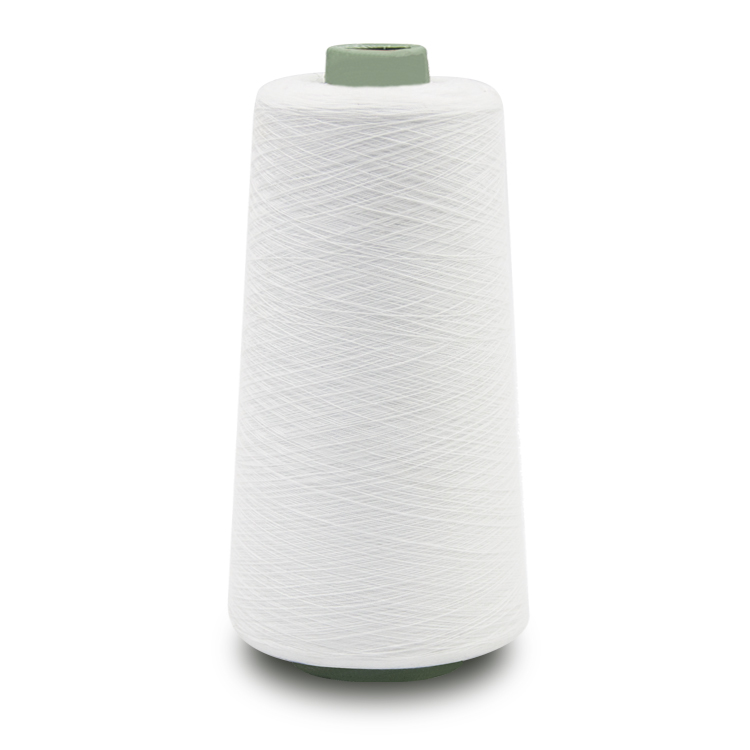
Our company mainly produces the following kinds of polyester thread products:
Polyester high elastic yarn thread: 75D/1, 75D/2, 100D/1, 150D, 200D
Polyester low elasticity yarn thread: 20D, 30D, 50D, 75D, 75D Micromesh, 100D, 150D, 300D
Polyester network yarn thread: 75D, 100D, 150D, 300D
Polyester bright yarn thread: 30D, 50D, 75D, 100D, 150D
Polyester sewing thread: 60S/2, 60S/3, 50S/2, 40S/2, 40S/3, 20S/2, 20S/3, 20S/




